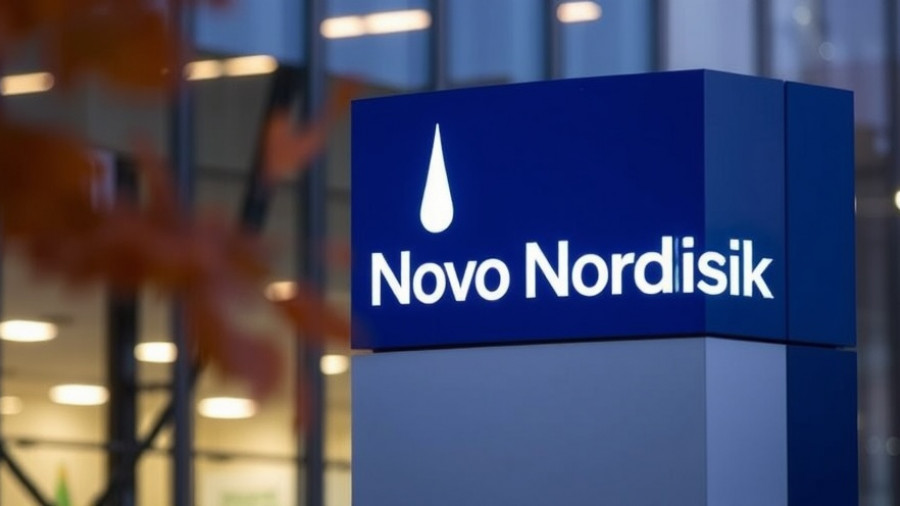
Shifting Leadership in the Pharma World
In an unprecedented move, nearly the entire board of Novo Nordisk resigned amid contentious disputes with a major shareholder, signaling a dramatic shift within the pharmaceutical giant. As one of the most prominent players in the diabetes and obesity markets, this turn of events raises important questions about corporate governance and the future direction of the company. Stakeholders are now left pondering the implications of such a significant leadership change.
Understanding the Leadership Reshuffle
The reshuffling at Novo Nordisk comes at a time when the pharmaceutical industry is navigating complex challenges. As trends such as direct-to-consumer (DTC) drug sales rise—where three-quarters of consumers express interest—companies must maintain robust governance and strategies to align with evolving market demands. A crumbling board could lead to instability in decision-making processes needed for making critical formulary decisions and drug launch announcements. With Novo Nordisk’s declining stock values, the strategic implications could be substantial; maintaining competitive intelligence in an aggressive pharma landscape will require visionary and cohesive leadership.
Broader Implications for Pharma
This incident is not merely a corporate governance issue; it highlights broader transformations within the pharmaceutical sector. Corporate boards must now navigate issues like healthcare innovation and stakeholder engagement in ways that affect patient outcomes directly. The resignation also raises eyebrows regarding how pharma marketing strategies are executed. Stakeholders will likely scrutinize the future board's vision for specialty pharmacy growth and how the company adapts its drug development processes amidst changing consumer behavior and expectations.
Impact on Pharma Marketing Strategies
With leadership changes come shifts in pharmaceutical marketing strategies. The new board will likely reconsider existing tactics and approaches to engage healthcare providers and payers. According to recent trends, pharma marketing is increasingly focused on educational campaigns targeting consumers. New strategies should prioritize patient engagement and medication adherence, a focal point for effective healthcare marketing. Emphasizing these strategies will establish important avenues for the expected pipeline of innovative drugs being launched in upcoming years.
Future of Drug Pricing and Access
The leadership change comes amid a backdrop of ongoing discussions about drug pricing strategies and market access. As various stakeholders—patients, healthcare providers, and payers—demand transparency and value-based care, Novo Nordisk's new direction will likely reflect a need for robust formulary management. By managing payer engagement and focusing on outcomes, the company could better position itself in the increasingly competitive prescription drug market.
What This Means for Pharma Recruitment
This transition at Novo Nordisk could greatly influence pharmaceutical recruiting. As the company injects fresh leadership, potential candidates will be eager to understand the evolving business models and values the new board brings. The sector is actively seeking top-tier talent capable of navigating changes and fostering innovation within a complex regulatory framework. Moreover, attracting the best candidates for roles in medical science liaisons and drug commercialization will be crucial during this period of transition.
Conclusion: A Call for Perspective
As Novo Nordisk undergoes this pivotal transformation, the industry and its stakeholders must remain vigilant. It is essential for pharma professionals—including sales reps, marketers, and executives—to monitor these developments closely. By understanding the implications of corporate governance and shifts in leadership, individuals and organizations can better position themselves for strategic decision-making in an ever-changing landscape. Keeping abreast of pharma news and updates will not only enhance industry understanding but also empower professionals to contribute meaningfully to future innovations.
 Add Row
Add Row  Add
Add 




Write A Comment